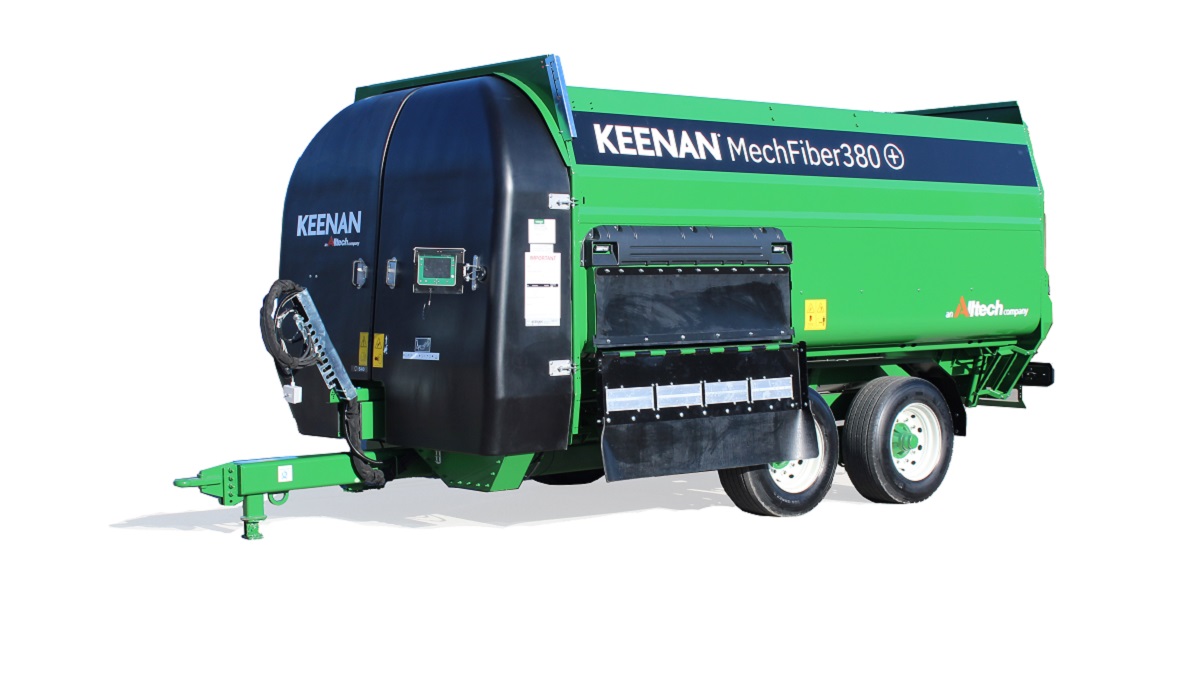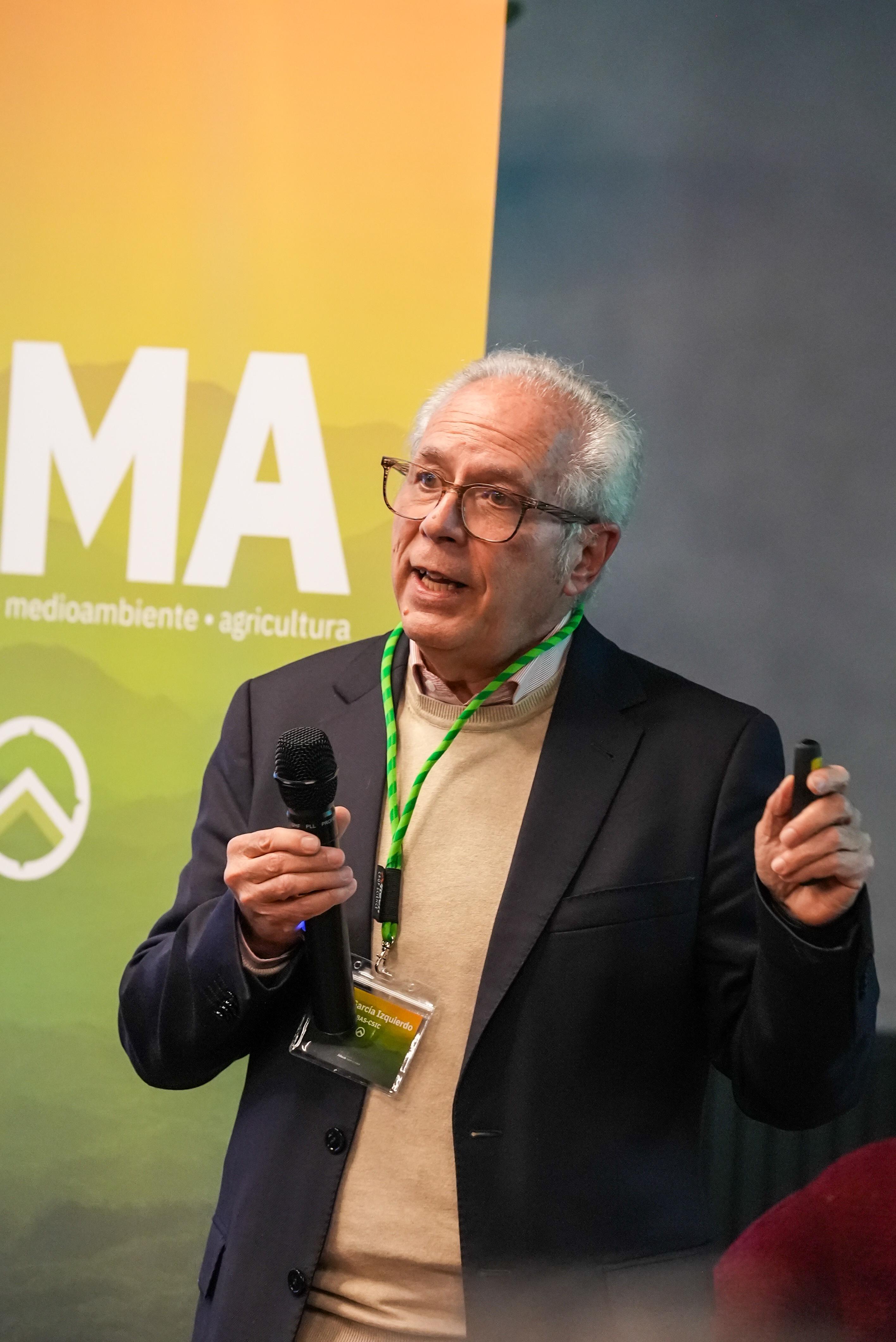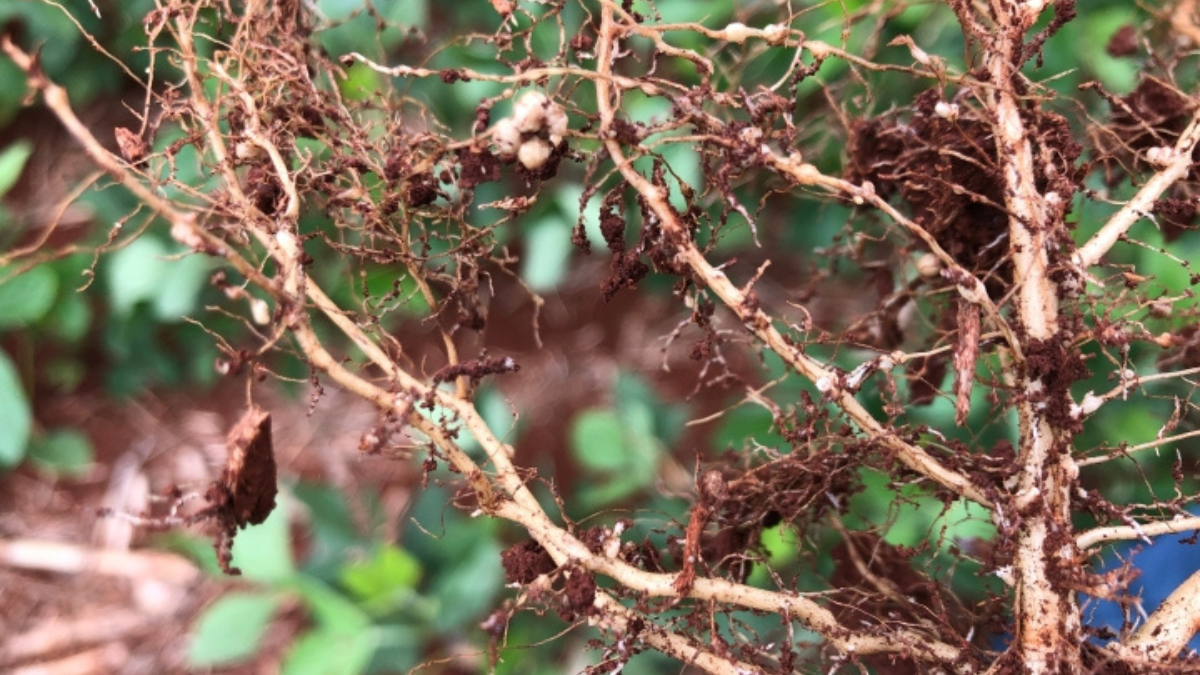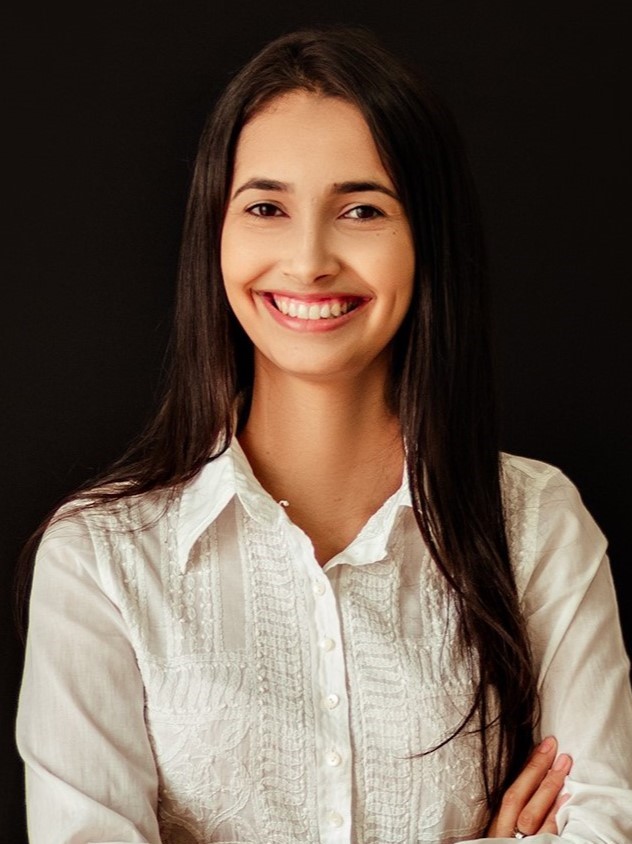Soil nematodes are microscopic or macroscopic parasites capable of affecting a wide range of agricultural crops around the world. These organisms are widely recognized for their ability to cause significant nematode damage by infecting plant roots and disrupting normal plant development.
By attacking plant roots, nematodes in soil lead to numerous issues, including stunted plant growth, reduced crop yields, and even complete plant death in severe infestations. This poses a serious challenge for agricultural producers, with heightened impact in regions where crop productivity is essential for maintaining food security and social and economic stability.
With the increasing global demand for sustainable and effective control methods, the development and use of bionematicides have gained importance. These biological products stand out as a promising strategy to tackle plant parasites and mitigate their adverse effects on agriculture.
Understanding soil nematodes
Nematodes are worm-like organisms, ranging in size from a fraction of a millimeter to several centimeters in length. They are found in virtually every habitat on Earth, including soil, freshwater and saltwater, and even inside plants, animals and insects. Within the soil, nematodes play a variety of roles, functioning as decomposers, predators and, in some cases, parasites.
Nematodes in soil contribute to ecosystem balance by feeding on bacteria, fungi, and even other nematodes. This helps to regulate populations and maintain a healthy soil environment. Beneficial nematodes, for instance, are critical for the decomposition of organic matter and nutrient cycling. These helpful organisms improve soil structure and fertility, providing an essential foundation for sustainable agricultural systems. Predatory nematodes further contribute to plant health by controlling plant-parasitic nematodes and other pests.
The soil nematode community is highly diverse, with some nematode species playing essential roles in enhancing soil fertility. These nematodes interact with microorganisms, breaking down organic matter into forms that plants can readily absorb. This process supports healthy root development and increases plant resilience against stressors.
However, not all nematodes in soil are beneficial. Some have evolved to exploit plants, becoming significant agricultural pests. These nematodes are called plant parasites, and they cause major damage to crops.
Understanding the balance between beneficial nematodes and plant-parasitic nematodes is crucial for effective soil management and crop production.
The negative impact of plant-parasitic nematodes
Plant-parasitic nematodes feed on plant roots or aerial tissues, resulting in deformities, necrosis, and a reduced capacity for nutrient and water uptake. The cumulative damage weakens the overall health of the plants, reducing crop quality and yield.
Globally, plant-parasitic nematodes are estimated to cause 12.3% of all crop losses, translating to approximately US$150 billion annually.
In addition to causing direct harm, plant-parasitic nematodes can serve as vectors for pathogens, introducing diseases that further threaten agricultural productivity. This dual impact underscores the urgent need for effective and sustainable nematode population management strategies to safeguard global food systems.
Plant-parasitic nematodes are highly adaptable and can infect a wide range of crops, including vegetables, grains and fruit trees. Their presence in soil often goes unnoticed until significant damage has occurred, as symptoms such as stunted growth and yellowing leaves can be mistaken for nutrient deficiencies. Therefore, early detection and integrated management strategies are critical to minimizing losses caused by these plant parasites.
The role of bionematicides in nematode management
Bionematicides represent a sustainable solution to the challenges posed by nematodes in soil. These biological products use living organisms or their derivatives to suppress nematode populations. Compared to chemical nematicides, bionematicides are generally safer for the environment, nontoxic to humans and animals, and less likely to contribute to the development of resistance among target species.
Among the most promising microorganisms used in bionematicides is Bacillus subtilis, a bacterium known for its versatility and beneficial activities in the soil. This microorganism produces resistant spores that allow it to survive in adverse conditions, ensuring long-term efficacy.

Representation of Bacillus spp.
How Bacillus subtilis works
The action mechanisms of Bacillus subtilis make it an effective tool for managing plant-parasitic nematodes and other harmful nematode species.
- Production of antibiotics and metabolites: Bacillus subtilis produces antimicrobial substances and secondary metabolites that directly inhibit the growth and activity of nematodes.
- Competition and exclusion: By colonizing the soil, this bacterium competes with nematodes for space and resources, reducing nematode populations and preventing them from inflicting damage.
- Induction of plant resistance: Bacillus subtilis can trigger natural defense mechanisms in plants, enhancing root resistance to nematode infection and improving the plant's overall resilience.
The use of Bacillus subtilis in agricultural practices not only addresses nematode damage but also improves soil health by fostering a balanced microbial community. This dual benefit makes it an invaluable resource for modern, sustainable farming.
Advantages of lyophilized bionematicides
Lyophilized (freeze-dried) biological products offer considerable benefits for agricultural use. This advanced formulation method preserves the viability of microorganisms, such as Bacillus subtilis, for extended periods. It also increases resistance to environmental stressors like heat and humidity, making storage and transportation more practical. Farmers thus benefit from a reliable product that retains its effectiveness until the moment of application.
Additionally, ingredients like lactose may be added to lyophilized bionematicides to boost performance. Lactose serves as a nutritional substrate, supporting microorganism viability during lyophilization and storage. Once applied to the soil, this additive promotes increased microbial activity, resulting in more effective nematode control, improved soil health and enhanced crop productivity.
Building a sustainable future with bionematicides
The integration of well-formulated bionematicides into modern agricultural practices represents a transformative approach to managing plant-parasitic nematodes. By leveraging the natural benefits of microorganisms like Bacillus subtilis, farmers can effectively protect their crops while minimizing environmental impact. These solutions not only address immediate challenges posed by nematode damage but also contribute to the long-term sustainability of agricultural systems.
As the agricultural industry continues to evolve, the increasing use of innovative tools such as bionematicides will play a critical role in ensuring food security, improving soil health, and fostering environmentally responsible farming practices. This shift toward biological control methods aligns with global efforts to reduce chemical inputs and build a more resilient and productive future for agriculture. Farmers, researchers, and policymakers must collaborate to promote the widespread adoption of these sustainable solutions, ensuring that agriculture remains viable and productive for many generations to come.
About the authors:

Rayssa Santos is the research and development manager at Alltech Brazil. An agricultural engineer with a strong academic background in crop science and agronomy, Santos earned her undergraduate degree from the Federal University of Paraná in 2016, followed by a master’s degree in crop science from the University of São Paulo’s Luiz de Queiroz College of Agriculture in 2018. In 2019, she expanded her expertise with a specialization in marketing from the University of São Paulo. She later completed her Ph.D. in agronomy, focusing on crop production, at the State University of Maringá in 2022.

Milene Souza is a campaign and portfolio analyst for Alltech Crop Science. In this role, she supports and assists the company's marketing team in the field by managing campaigns and the creation of communications materials and content. Born in the countryside in the Brazilian state of Paraná, Souza grew up surrounded by a rural environment and developed an appreciation for farm life and agricultural work from an early age. She earned an undergraduate degree in agricultural engineering from the State University of Maringá.

































